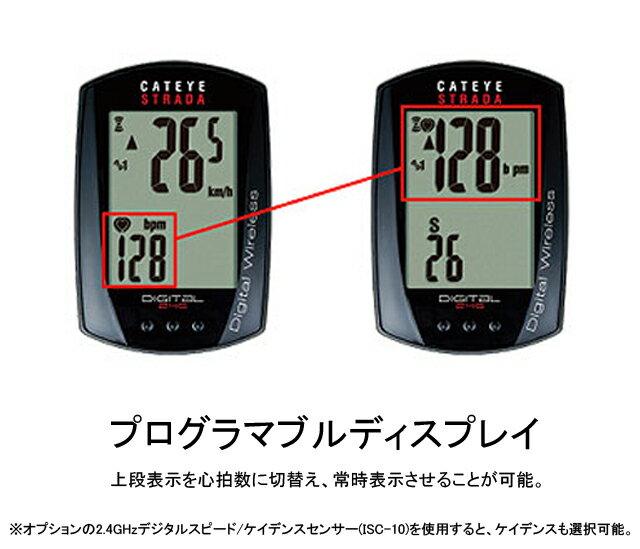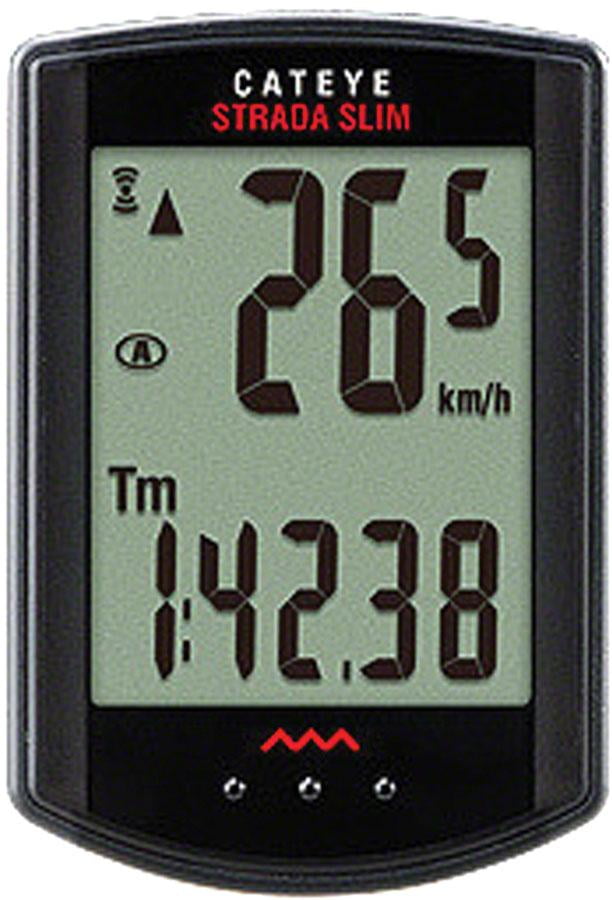
Most have a shaped clamp like on my bike as shown so I had no problem. So, if stem-fitted, this would be a bit awkward if your stem has large front loading clamp as that could get in the way. The head unit unclips/slides off the front of the bracket. It’s so small and neat that it can fit on the stem just as I have done, the bracket head allowing for the unit to be fitted to the bar if that is what you prefer. The transmitter is also much smaller and neater than previously found. You select which of the other functions are displayed on the lower line these numbers are 7mm high, so again quite large.Īnother deterrent with earlier wireless models was their large size compared to wired models, but the head unit on this is only 30mm wide by 45mm long. Current speed is always the top line and, at 15mm high, the display is one of the largest displays I have seen on a computer this size.

As a tip, keep this feature to yourself as many computers don’t have this, the rest of the group simply delegating the task of following the rest of the route to you, making blaming them for the next time you go wrong far more difficult.Īs you can see in the picture, the information is displayed on two lines. After I have finished blaming everyone else for going wrong I can simply zero the secondary trip between reference points when back on route. I am inclined to not view my route sheet as often as I should, often riding straight pass turning points while chatting away merrily to other riders. This is also where a secondary trip distance comes in handy since many event route sheets will list the entire route with directions and mileage points to guide. Trip distance is something I like to be accurate, since it is necessary for following route sheets. Whereas wired models would wake up as soon as you started riding again, the early wireless versions would usually require a press of a button to wake them up, something I just know I would have forgotten, which would have made the indicated trip distance wrong. What put me off the early generations was in part their the power saving mode most shut down after 10 minutes or so. Although I have used a cycle computer for years this is my first wireless version.
#Cateye strada wireless 8 plus
It has 8 main functions: current, average and maximum speed, total plus two trip distances, elapsed time and a clock. I would also like a large, clear display with wireless set up, all incorporated in a neat slim unit that can be mounted on the stem as well as bars that’ll be the Cateye Strada Wireless at then!


In my case, I simply want to know how fast I am going and my total and trip distances. Many of us use cycle computers but, since there are so many on the market, which one do we choose? Well, firstly you need to decide which functions you would like.


 0 kommentar(er)
0 kommentar(er)
